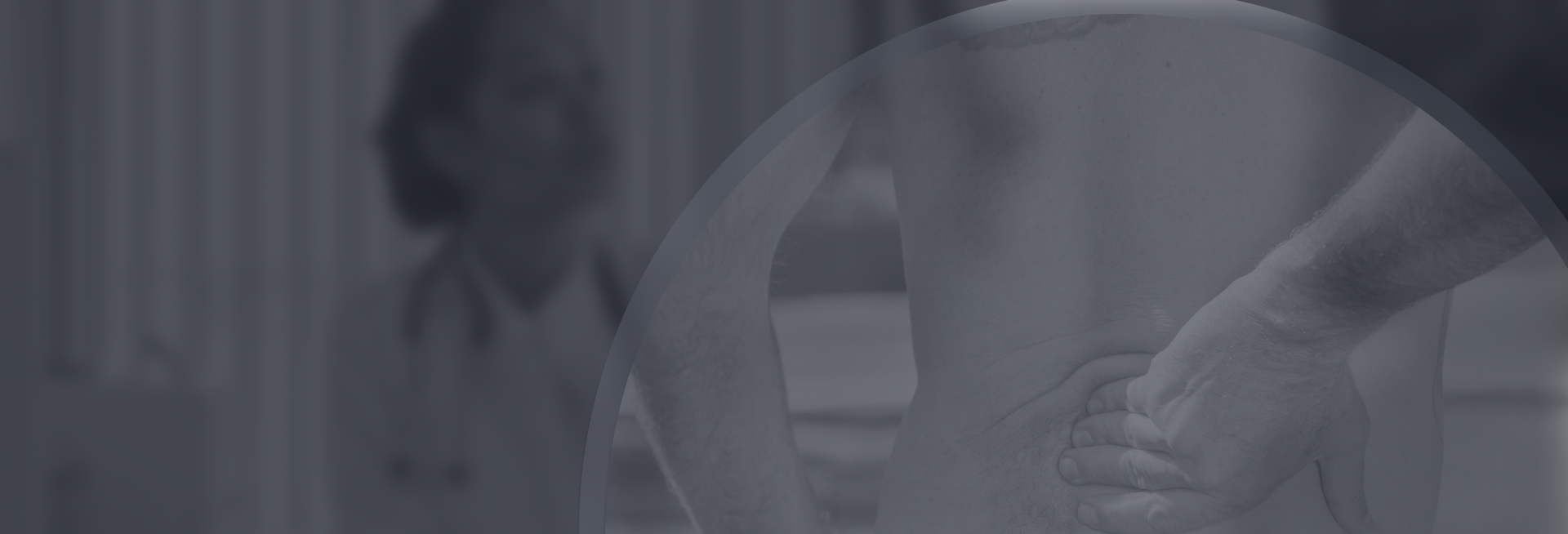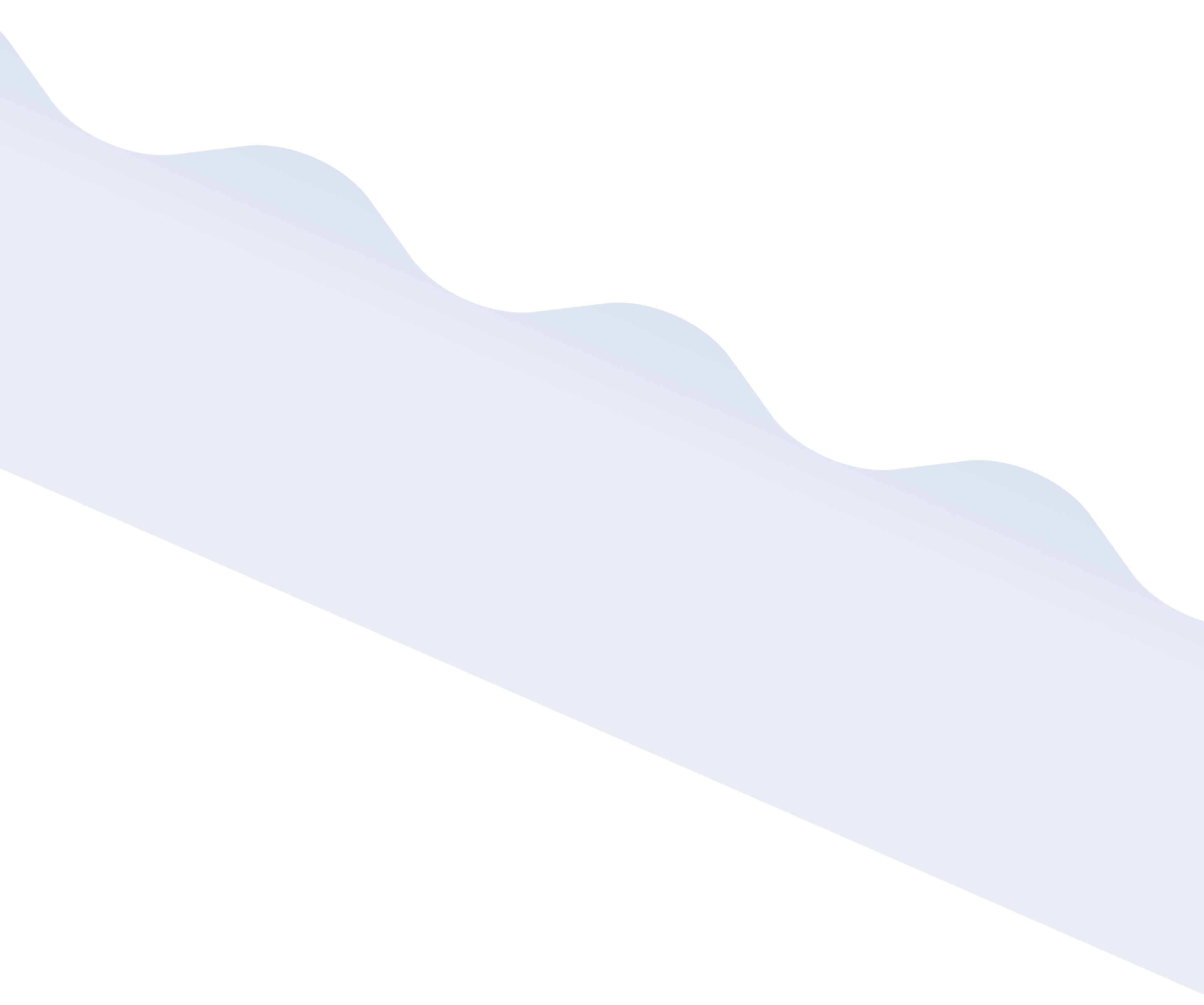Sciatica
With Dr. Khamsi’s help, you can get relief from sciatica.

With Dr. Khamsi’s help, you can get relief from sciatica.


Sciatica is the pain that starts in the back and normally shoots down the side or back of the leg, most often only on one side. Despite the name sciatica, the condition is not always caused by problems with the sciatic nerve.
The sciatic nerve is the longest and thickest in the human body and contains five nerve roots. Two of them are in the lower back region, called the lumbar spine, and the other three are in the final section of the spine, called the sacrum. Despite the name, sciatica is usually caused by pinching of one of these nerve roots, most often L5 and S1.
Symptoms of sciatica include:
Shooting pain down the leg
Feeling of “pins and needles”
Leg numbness
Leg weakness
One of the most common causes of sciatica is a herniated disc in the spine. A herniated disc occurs when a process (heavy lifting, fall, accident) causes the gel-like center of the disc that cushions your bones to push out. This is often seen in patients younger than 50.
Spinal stenosis is another cause of sciatica most often seen in patients older than 50. Spinal stenosis happens when for various reasons such as disc bulging or thickening of the ligaments in the spine, the space available for the spinal cord becomes narrow. This narrowing pinches the nerves and causes pain.
Spondylolisthesis can also lead to sciatica. Spondylolisthesis occurs when one of the bones in your spine slides out of position and is no longer in line with the one below it. This usually causes tightening of the holes that nerves exit the spine down the legs (foramen), consequently causing pinching of the nerve and shooting pain.
Osteoarthritis is another common cause of sciatic pain, especially in older people. Osteoarthritis can cause formation of bone spurs and lead to compression of the lower back nerves.
Degenerative disc disease, which is the natural wearing down of the discs between the vertebrae, can cause sciatica too. In this case, the height of the discs decreases, which narrows the nerve passageways.
In some cases pregnancy can cause sciatica. During pregnancy, the body releases a hormone that relaxes your ligaments and gets your pelvis ready for birth. Loose ligaments and a continually expanding uterus can sometimes shift your center of gravity, pinching the nerve.
Risk factors that can make you more likely to develop sciatica pain include:
Being overweight
Having a previous injury
Lacking a strong abdominal core
Having diabetes
Having osteoarthritis
Smoking
Leading an inactive lifestyle

Treatment of sciatica depends on its cause. Dr. Khamsi offers various treatment options, including surgery, if conservative management fails.
The usual treatments begin with hot and cold compresses, physical therapy, and medication.
When surgery is necessary, one option may be lumbar laminectomy. This procedure involves removing the lamina, or the roof of the spinal canal. A lumbar laminectomy can relieve the pressure by making more space in the spinal canal. It’s an effective choice for patients with spinal stenosis.
Another option is a microdiscectomy. Microdiscectomy may be helpful in patients with large disc herniation causing pinching of the nerves and presenting with shooting pain down the leg. This is a condition normally seen in younger patients and often after heavy lifting. The surgery involves making a small incision in the mid lower back, then using the microscope, removing the herniated (bulging) portion of the disc and making sure the nerve is completely free. This is normally an outpatient procedure, meaning the majority of patients go home the same day.


Monday - Friday 8:00am - 5:00pm
Se Habla Español